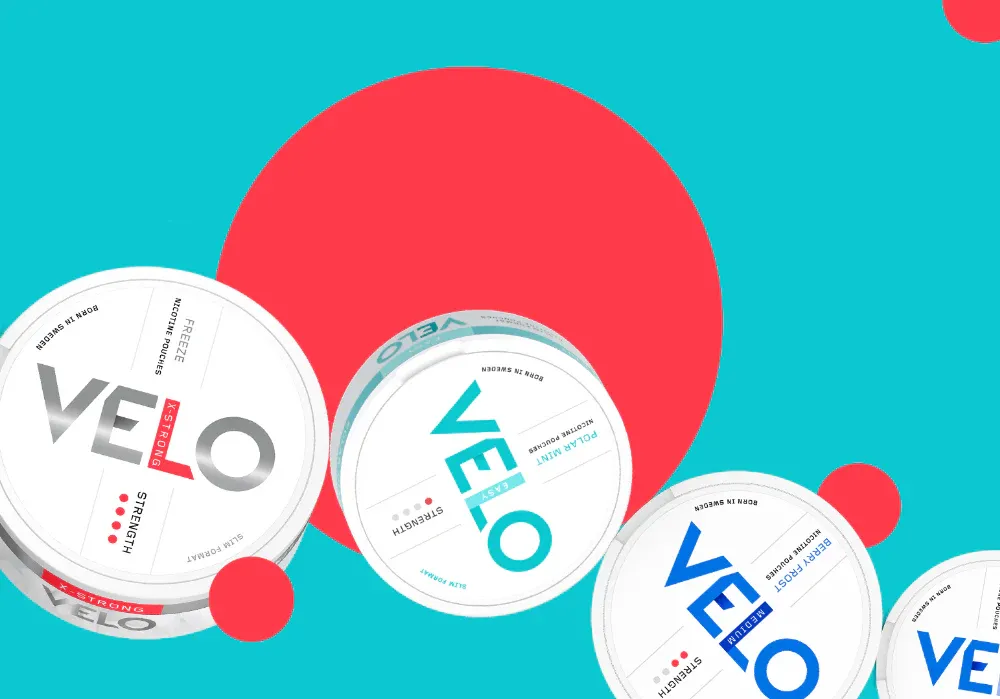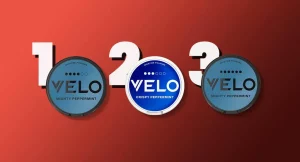Ever stumble upon a word that feels like it should exist, but Google vehemently denies its legitimacy? That’s where we find ourselves today, peering into the linguistic void surrounding “snuns.” While “snuff” boasts a rich, if occasionally unsavory, history, “snuns” appears to be a figment of…well, someone’s imagination. Let’s see what we can find.
A Pinch of History – The Story of Snuff
Snuff, in its essence, is finely ground tobacco intended for nasal inhalation. Its story is a global tapestry, woven with threads of indigenous practices, European aristocracy, and modern-day niche markets.
Think back to the Americas, long before European contact. Indigenous peoples utilized tobacco in various forms, including ground powders, for ceremonial and medicinal purposes. When European explorers arrived, they encountered these practices, and tobacco, including snuff, quickly made its way back across the Atlantic.
By the 17th century, snuff had captured the hearts (and noses) of European elites. It became a symbol of status, with ornate snuffboxes serving as fashionable accessories. Imagine powdered wigs, velvet coats, and the delicate ritual of taking a pinch of snuff – a scene ripped straight from a historical drama! From royalty to the common man, snuff’s popularity blossomed. Different blends and flavors emerged, reflecting regional tastes and preferences.
However, the 20th century brought changes. Cigarettes rose to prominence, and public health concerns about tobacco use grew. Snuff’s popularity declined, although it never entirely disappeared. Today, you can still find snuff available for sale, often marketed as a traditional alternative to cigarettes. It occupies a unique position, balancing historical significance with contemporary health considerations.
The Mystery of “Snuns” – A Linguistic Ghost
Now, let’s turn our attention to the rather perplexing matter of “snuns.” Unlike snuff, “snuns” yields very little. In short, “snuns” does not appear as a recognized word in English dictionaries or common usage.
Is it a typo? A misspelling of “suns,” maybe? Or perhaps it’s a word specific to a particular dialect or subculture, undocumented in mainstream sources? It’s possible. Language is constantly evolving, with new words and slang terms popping up all the time. However, without more context, it’s difficult to say definitively what “snuns” might mean, or where it might originate.
A search might turn up instances where “snuns” is used as a username, a product name, or simply a random string of letters. In such cases, the word is assigned its own meaning by the user.
Pablo Blue and the Art of Seeing Things Differently
Sometimes, a word’s true meaning lies not in its literal definition, but in its evocative power. Could “snuns,” even as a non-word, represent something more? Perhaps it embodies a feeling of being lost, of searching for something that doesn’t exist, or of the joy of invention.
Take the story of Pablo Blue. He was an artist, not necessarily of grand masterpieces, but of seeing the world with unique eyes. He could turn a mundane street corner into a vibrant landscape, a discarded object into a captivating sculpture. He had a way of finding beauty and meaning where others saw only the ordinary. One might even say that he was able to see “snuns” in everyday life, the unseen potential, the hidden beauty waiting to be revealed.
Perhaps Pablo Blue’s legacy lies in inspiring us to question what we perceive, to challenge the limitations of language, and to embrace the unknown. Maybe the real value isn’t in what we know, but in the questions we ask, the stories we tell, and the connections we forge.
And what of those who follow the path of pablos blue, those who seek to see the world with fresh eyes? Perhaps they will find meaning in the meaningless, beauty in the mundane, and, yes, even value in the linguistic enigma that is “snuns.”
So, Where Does That Leave Us?
We’ve journeyed from the historical origins of snuff to the curious absence of “snuns,” and even touched upon the artistic vision of Pablo Blue. What have we learned?
Firstly, language is both powerful and flexible. Words shape our understanding of the world, but they are also subject to change, interpretation, and even invention. Secondly, sometimes the most interesting discoveries are made not in finding answers, but in asking questions.
“Snuff” has a story, a history, a defined place in our language. “Snuns,” on the other hand, remains a mystery, a blank canvas upon which we can project our own meanings. And maybe, just maybe, that’s its own kind of magic.


